The members of OpenStreetMap Foundation are called to elect board members for two seats on the OSMF Board of Directors this year. In this blog post which consists of two parts the four candidates will be presented. Part 1 summarizes their manifestos, their responses to the questions by community members, criticism and other available and relevant bits of information. Part 2 will evaluate them based on the opinion of a German craft mapper.
Links to the manifestos can be found on the OSM wiki about the election. There is also a talk page where everyone can ask questions to the candidates. In addition, a lot discussions can be read in the public archive of the OSMF-talk mailing list.
How does the election work?
All members of OSMF are eligible to vote if they have been a member of at least 30 days before the AGM which will take place on Saturday. It does not matter if you are a normal member or an associate member. Associate members are not listed by real name on the list of members which everyone has to be given access if required. But only normal members are allowed to vote on changes to the articles of association.
You can vote between 2th December 2017 16:00 UTC and 9th December 2017 16:00 UTC. The general assembly will start on 9th December 2017 16:00 UTC on a special IRC channel. The results of the election will be announced at the end of the meeting.
The election itself uses the Single Transferable Vote system (STV). It is a proportional voting system to vote persons. Every voter creates his/her personal list of desired candidates ordered by perference.
The transfer of the votes happens later during vote count. The vote count consists of several rounds. In each round, it is checked if one or multiple candidates have reached the necessary threshold to get a seat (“quota”). If a candidate gets more votes than necessary, the votes will be transfered to the remaining candidates based on the preference of the elected candidate. If no candidate reaches the quota in a round, the candidate with the lowest number of votes is eliminated and his/her votes transferred to the other candiates based on the preference of the voters. There are as many rounds as necessary until all free seats are filled.
STV is known to be a relatively fair voting system but there is some space for tactics because votes are transferred to other candidates. If there are four candidates and you want only two of them on the board, you should add only these two to your ballot. Leave the remaining fields empty.
The Wikipedia article about STV contains an example. Richard Weait has published the output of the OpenSTV programme running on the ballots of OSMF board elections 2015.
Notes for the reader
This blog entry uses the term “HOT US Inc.” if the organisation HOT US Inc. is meant. In all other cases the term HOT is used. This is not intended to be pejorative but to have a clear distinction between the organisation and the community which is larger.
There are two sections about each candidate. You can find the first section about each candidate in this first part of this two-part blog entry. It summarizes their manifestos, their repsonses to the questions asked by the voters, their activitiy and obvious opinion. Criticism which has been raised against a candidate for the last weeks will be mentioned too. The first part of this two-part blog entry tries to be neutral. The second part will not be neutral. It will describe what the opinion of a long-term contributor who wants to preserve the mappers’ freedom (freedom is limited to common decency) and that OSMF guards and accompanies but not governs the project. You will find my recommended ballot in the second part.
Paul Norman
Paul Norman is Canadian and has been contributing to OpenStreetMap since 2010. HDYC describes him as a Great Mapper (active). Paul joined the OSMF board three years ago and stands for reelection. Beyond that, Paul is member of the Data Working Group, the Engineering Working Group, the Licensing Working Group and the Membership Working Group. He is one of the two maintainers of osm2pgsql and one of the many maintainers of OpenStreetMap Carto. He has contributed a lot to the rendering stack and works as a freelancer on that topic. Carto (the company) and Mapquest were his main clients, nowadays he mainly works for Wikimedia Foundation. Paul contributed a lot to cgimap, the fast implementation of parts of the read-only OSM API. You can get an overview on his work on his blog. Paul participated in all State of the Map US conferences since 2012 and State of the Map 2016 and 2017.
His manifesto mentions three big worries. Six of the seven members of the board of directors are involved in OSM-related business. The employer/client of four members sells OSM related services. The whole Conflict of Interest topic has not got enough attention yet. Until now, it was sufficent for a board member to not speak during a discussion in which they had a conflict of interest. He thinks that such discussions should happen on a separate mailing list so that the board member with a conflict of interest is unable to read the discussion.
He is worried that more and more people want to expand governance and want to control mappers. Mappers should still have the freedom to do anything even if it is not in the interest of the board.
Paul writes that he joined the board three years ago as a personal response to the lack of volunteers. He wants the members to be interest in the work of the board.
His manifesto from 2014 when he was elected the first time can be found on the OSM wiki. He campaigned for a transparent board at that time. He thought that board meetings need a moderator to make them more efficient. The lack of volunteers had worried him already at that time. His intent to make the board more transparent was successful. A moderator has not been hired but there is Dorothea who collects items for the board meeting. The number of volunteers has been raised since then but there is still work waiting to be done.
Opinion on the trademark policy
Paul thinks that the LWG has not explained their motivation as much as necessary. He himself is member of the LWG and he will give feedback in the next steps of the process.
Term limits for board members
Paul supports term limits. He does not want that a board member sees himself as unreplaceable as it happened in the past. He doesn’t think it is important to introduce such a rule at the moment. He remarks that the right point in time has to be choosen to avoid a board member who is sticking to his/her seat percieving such a proposal as a personal attack.
Transparency
Paul is in favour of a transparent board. Because he describes the current state in his response, one can assume that it is the transparency he wants to have. Paul would like to have all working groups publishing their meeting minutes (if they have meetings at all).
Imports and mechanical edits
He responds to this questions that he himself has done imports already but he has tidied up other users’ imports, too. It is not the job of the board to set up rules. Rules should come from the community and the Data Working Group.
Organised and paid editing
He did not respond to this question.
Share-alike clause of ODbL
Paul is in favour of the share alike clause. He writes that he was a supporter of public domain. However, the fact that companies were in favour of public domain changed his mind. Because he has invested a uncountable number of hours into the license change, he does not want it to happen again.
Strategy of OSMF
Paul supports the current strategy of OSMF not to control mappers.
He did not respond to following questions:
- extending the membership
- role of local chapters and their support by OSMF
- gender-limited events
- code of conduct
- OSMF hiring people
- experience with fundraising
- desirable distribution of OSMF funding
Joost Schouppe
Joost is a Belgian citizen and speaks Dutch (native), English, French and Spanish. His account was created in 2008 but he uploaded his first changeset in 2012. He became really active in 2013. HDYC classifies him as a Heavy Mapper (highly active). He came to OSM via OsmAnd. He is a sociologist working in data analysis and has no commercial relations to OSM.
He founded OSM Belgium within Open Knowledge Belgium together with Ben Abelshausen and Jorieke Vyncke and was a member of the State of the Map 2016 in Brussels.
Joost is active as a European craftmapper but also maps for HOT projects but is not a HOT US Inc. voting member.
His manifesto mentions four aims. First, he wants the OSMF to support community members better who want to build a local community. He mentions software tools to improve communication between mappers and scholarships for State of the Map. Second, he wants to improve the diversity in OSM. His main focus is on the diversity of language (skills), i.e. to include/attract more contributors who do not understand English.
Third, he aims better connections between the OSM community and researchers who want to investigate how OSM works. Their results might help the community to understand itself better. Currently, decisions are made based on assumptions.
His fourth and last point says that the board should look out for new use cases for OSM which have to potential to bring us more new contributors.
Joost does not describe himself as a software developer but he thinks that he can file useable feature requests and bug reports because he has some knowledge of script languages. His only contribution to the OSMF work was at the State of the Map 2016 in Brussels where he participated in the local team. Instead of being more involved into OSMF, he is involved into the future local chapter in Belgium which currently applies for this status.
He participated in State of the Map 2014 in Buenos Aires and 2016 in Brussels. In addition, he participated in several OSM/GIS conferences in Belgium.
Opinion on the trademark policy
He responds that the criticism expressed in the discussion on the mailing list a few months ago should be addressed.
Term limits for board members
Joost does not express a clear opinion on this issue. He thinks that it is an important issues to be solved and we should not spend to much time for theoretical problems.
Transparency
Board meetings should be open by default. Some exceptions may occur (e.g. due to privacy). Joost has participated only in one meeting yet.
Time to invest in the work at the board
Joost dedicates already four to eight hours per week to this work for OSM Belgium. He could increase this a little bit but if he gets elected he wants to reduce his activity there to have time for the OSMF.
Imports and mechanical edits
Joost admits that he though in the past that imports are great. In the meantime, he realised that it is quite difficult to get an import right. He himself is involved into two community imports in Belgium. His opinion on imports applies more or less to mechanical edits, too.
Organized and paid edits
On the one hand, Joost sees organized and paid editing as a chance but on the other hand he thinks that it is a threat to our values. He appreciates the work on the drafted policy, but neither praises it nor criticizes it. He comments that it is difficult to organize a good mapathon.
Share alike clause
Joost does not like share alike. He responds that if public administration publishes data to improve OSM, the cannot use the improved OSM data due to the share alike.
Increasing the membership of OSMF
OSMF should have ambitious goals, should support local projects and the development of community tools to be more attractive for normal mappers. In addition, OSMF members should see themselves more as a community of common values and should not argue that much.
Code of conduct
Joost thinks that OSM/OSMF needs a code of conduct but it should be short and simple: “Please try and be kind to each other”. He wishes that those who oppose a code of conduct speak out against those who behave not as firendly as expected. Otherwise they would boost the striving of the other side for a code of conduct. He does not want that the process of the creation of a code of conduct widens the gap between the different parts of the community.
OSMF paying staff
He is pride that OSMF has reached that much without paying lots of people but is in favour of paying staff in order that things get done.
Part 1b
Part 1b will focus on David Dean and Heather Leson. It will cover their manifestos, their repsonses to the questions asked by the voters, their activitiy, obvious opinion and the criticism about them. Its translation has not been finished yet.




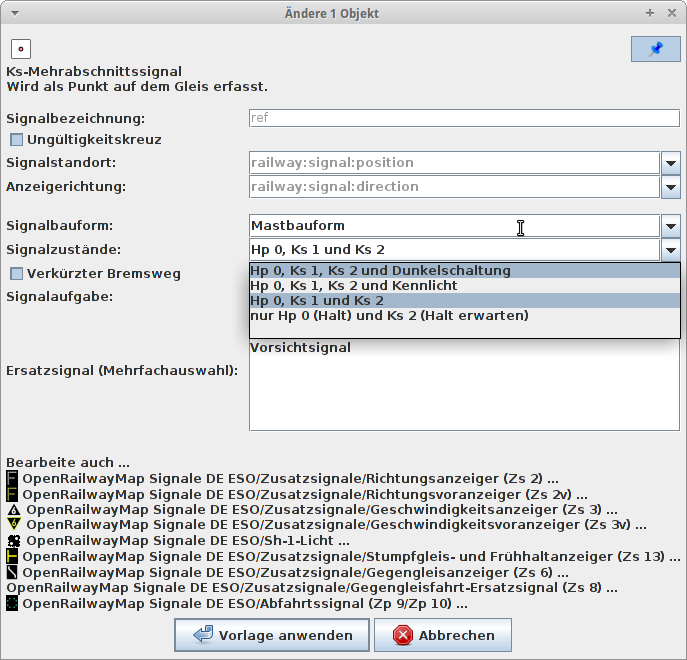
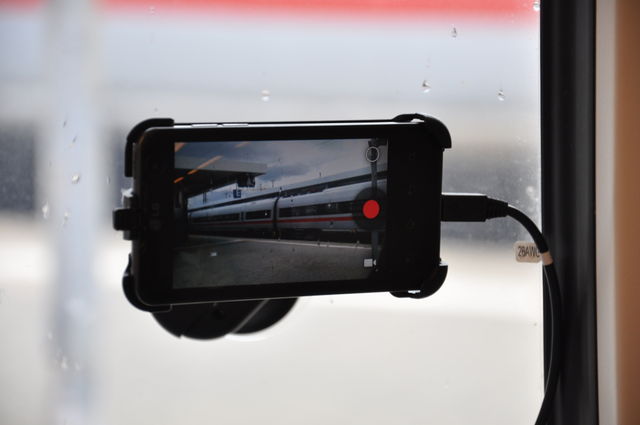
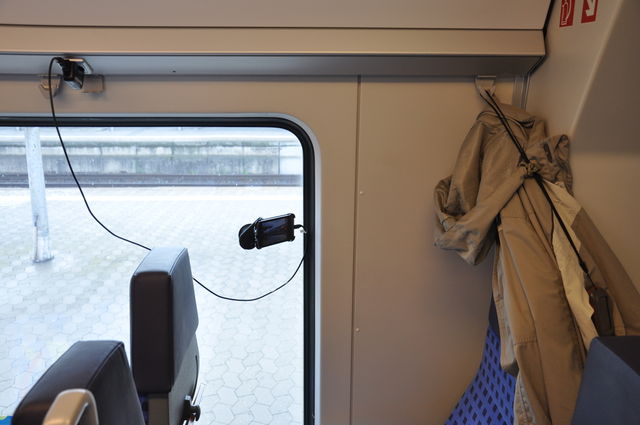
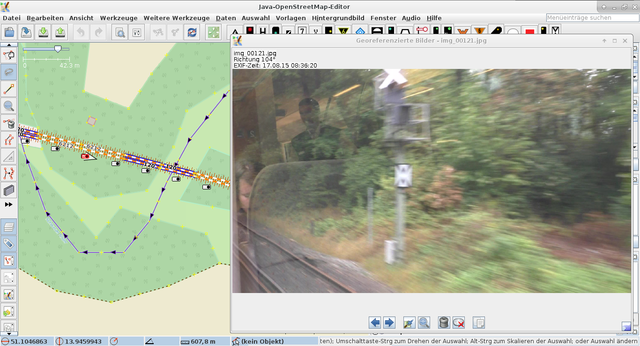
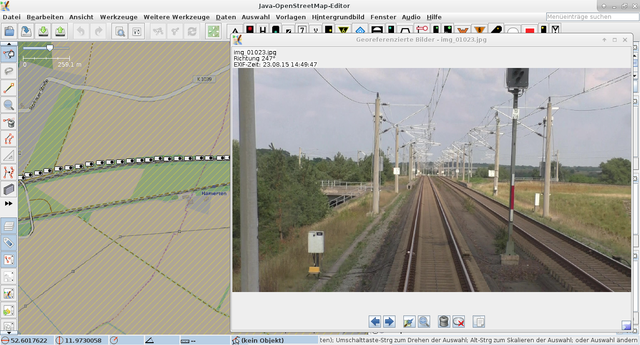
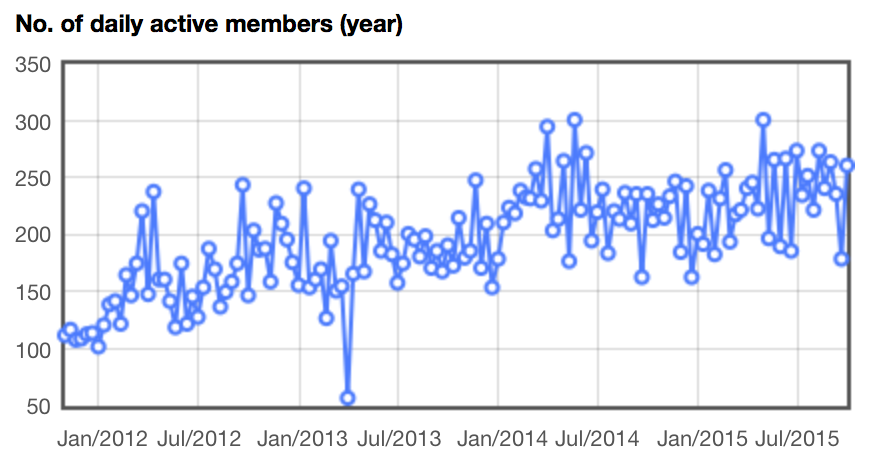
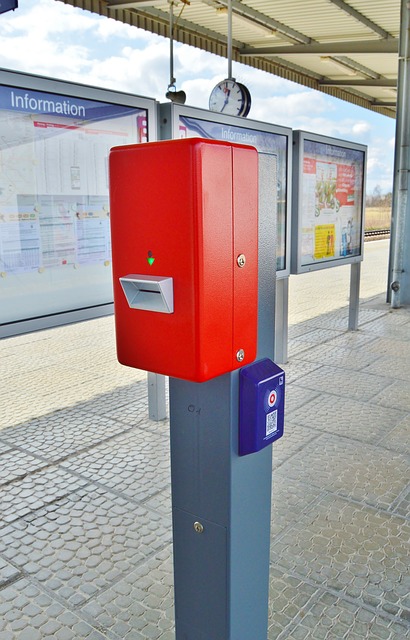
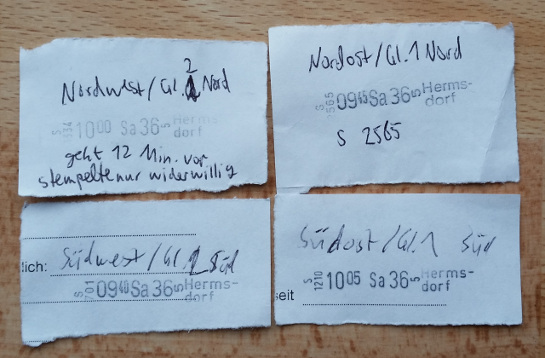 Abbildung: Vier Entwerterstempelabdrücke habe ich in Berlin-Hermsdorf gesammelt
Abbildung: Vier Entwerterstempelabdrücke habe ich in Berlin-Hermsdorf gesammelt